Hey guys, today I want to share my top 5 fishing knots that I think every angler should know.
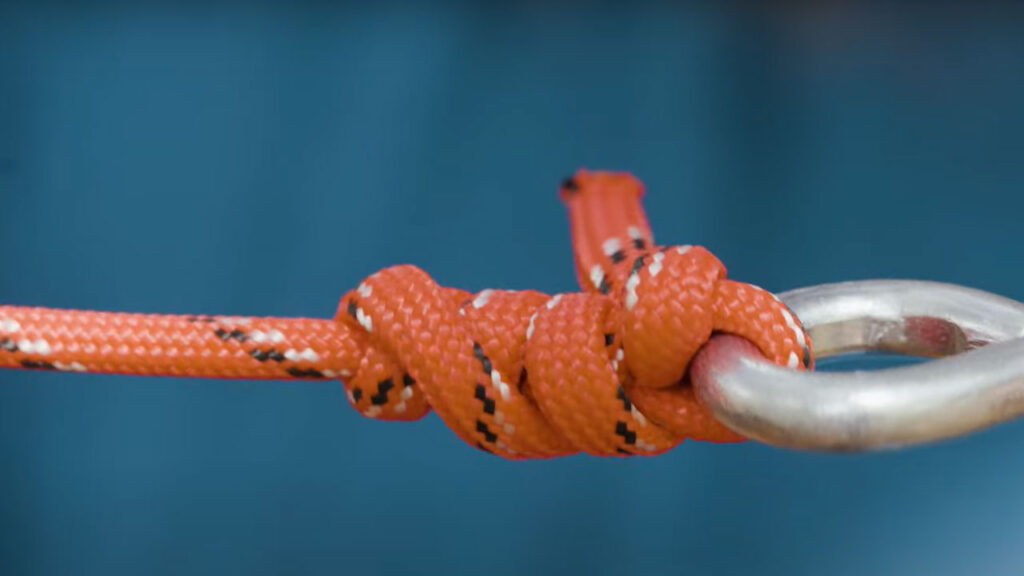
1. Improved Clinch Knot
I tie the improved clinch knot on most lures that already have swivels or split rings on them.
So when I'm tying fluorocarbon or monofilament line to something like a crankbait, a chatter bait, or any kind of swim bait that already has a split ring, I’m going to use the improved clinch knot.
This knot is good for anything up to about 25-pound test fluorocarbon or monofilament line.
Here's the full walkthrough: How to Tie the Improved Clinch Knot
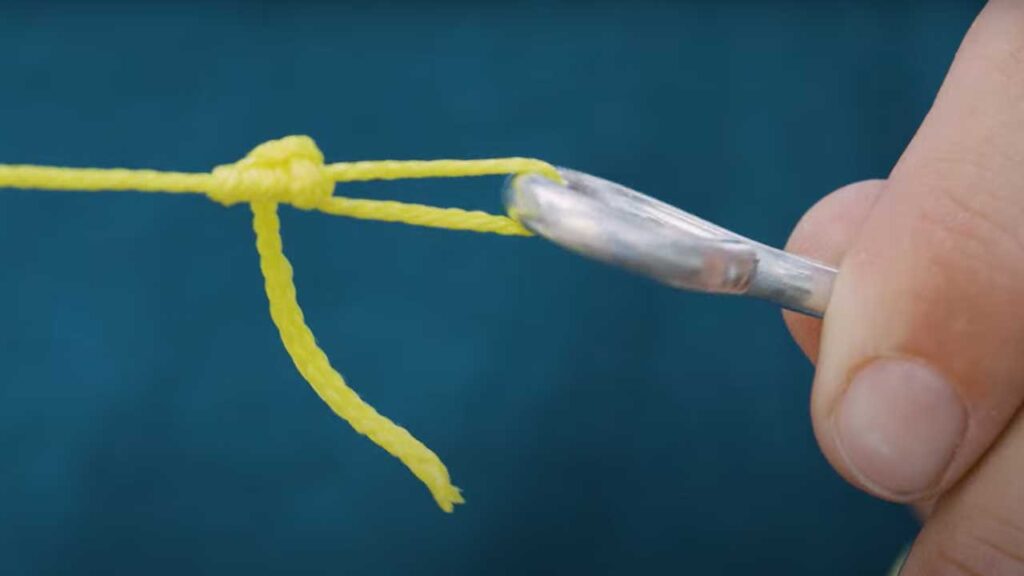
2. Non-Slip Loop Knot
This is my go-to knot when I'm tying fluorocarbon or monofilament line directly to a bare hook that I’m going to use with a soft plastic bait or a soft plastic worm if I’ll be Texas rigging. I also use the non-slip loop knot when I’m using a jig head because it allows for more action in the lure.
Whenever a hook or lure doesn’t have a swivel or split ring, I want to create that loop connection so the bait can swim more naturally. I also use the non-slip loop knot almost exclusively when I'm fly fishing and need to tie the fly to the leader material.
Here's the full walkthrough: Non-Slip Loop Knot for Fishing
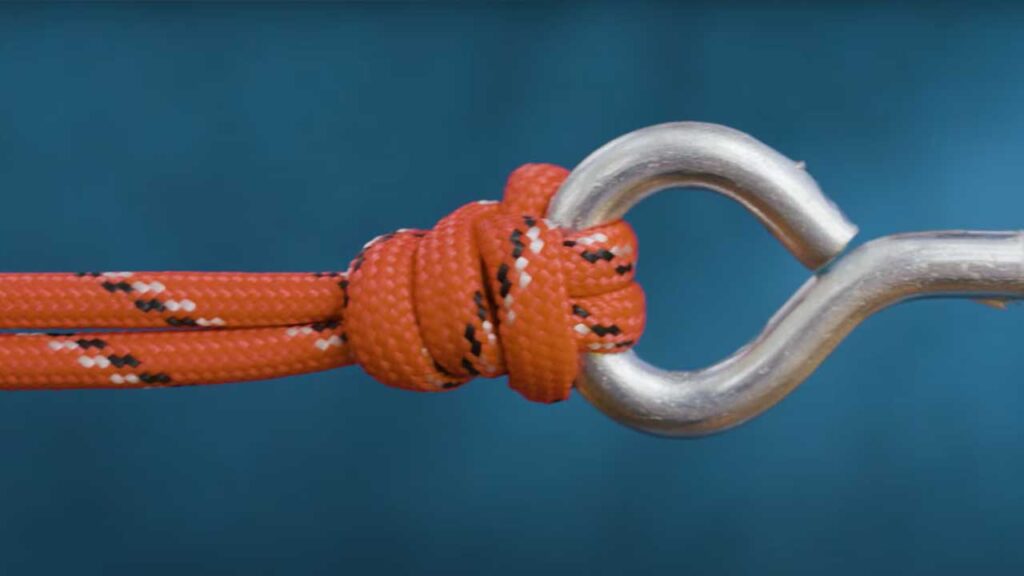
3. Palomar Knot
The Palomar knot will work with almost any type of line. It's also one of the most common and easy-to-tie knots out there, and it's very strong when tied properly. But for me, it’s my go-to knot when I'm tying a lure directly to a braided line.
I really only do this when I'm using a moving bait that I’ll be swimming through the water pretty quickly. This is a good tactic when the fish are aggressive and I’m not too worried about them seeing my line. In situations like this, I don’t need to use a fluorocarbon leader.
So I’d use this knot in a situation where I'm tying directly to something like a chatter bait, a spinner bait, or even some hard body swim baits. Pretty much anything that I’ll be moving through the water relatively quickly.
Now let’s move on to some knots that make strong connections when tying one line to another.
Here's the full walkthrough: Palomar Knot Tying for Fishing
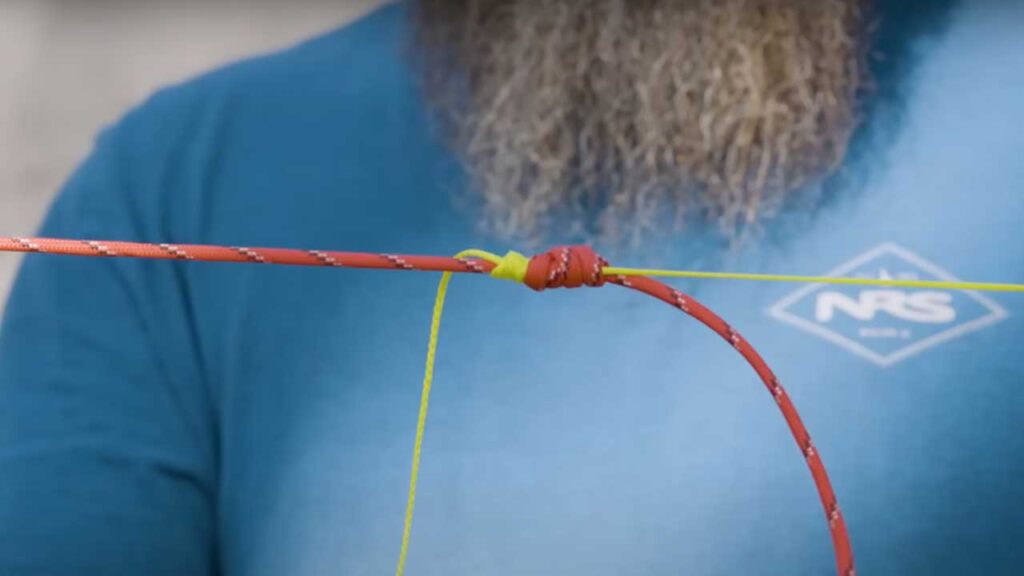
4. Double Uni Knot
I generally use the double uni, or uni-to-uni knot, when I have to connect two different lines together.
I fish a lot of braided lines in the 20 to 30-pound range, and I usually always couple that with a fluorocarbon leader somewhere in the 10 to 25-pound range. If so, this is the knot I'm going to use to connect those two lines together. It's really easy to tie and it's pretty close to 100% break strength, so I have a ton of confidence in it.
Essentially, I’m tying a uni knot on both sides. Just make sure that you increase the wraps on the braided side to somewhere around seven to eight. On the monofilament or fluorocarbon side, you can usually get away with five.
There are very few times that I don't use a leader and tie directly to the braided line. Over the years, I’ve seen what a big difference a leader can make. So now I have a lot of confidence when it comes to using leaders.
It does throw people having that extra connection in their line that they think may be another fail point. But I tie the double uni and I've got a lot of confidence in it when it’s tied properly. I use it a lot because almost everything I throw is going to be from braided line to some type of fluorocarbon leader.
Here's the full walkthrough: Mastering the Double Uni Knot
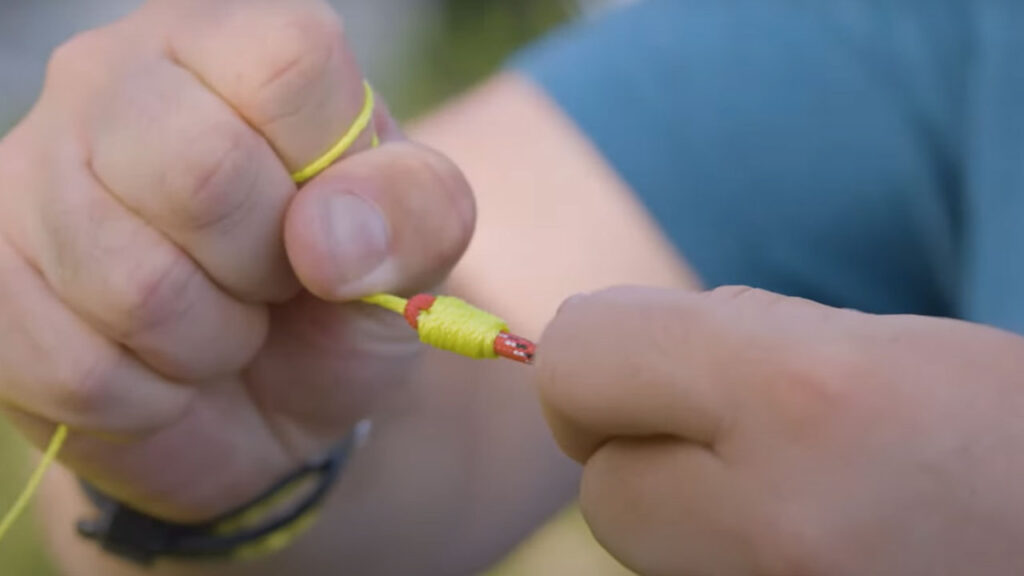
5. Alberto Knot
Last but certainly not least is the Alberto or crazy Alberto knot.
It’s another knot that works really well when connecting two different sizes or types of line together. For example, a braid to a fluorocarbon or monofilament leader.
However, I have a lot more confidence in the uni knot in that smaller line class. I use the uni most of the time when I'm in that 20 to 30-pound braided line range and 10 to 25-pound fluorocarbon leader range.
But I occasionally use the Alberto knot when I'm offshore. I also use it when I'm muskie fishing and I just need that extra heavy braided line with heavier leaders. One thing I like about the Alberto knot is that it's narrow. This allows me to use a longer leader without having to worry about the knot snagging on the guides. The Alberto knot also works really well for connecting lines that are drastically different in size and diameter.
So when I'm connecting that 50-pound plus braided line to somewhere between 40-pound and up fluorocarbon or monofilament leader, the Alberto is my go-to knot.
Here's the full walkthrough: Alberto Knot: Line-to-Line Knot

Braid: Seaguar Smackdown Flash Green
Leader: Seaguar Gold Label Fluorocarbon Leader
Clothing: NRS Silkweight T-shirt














